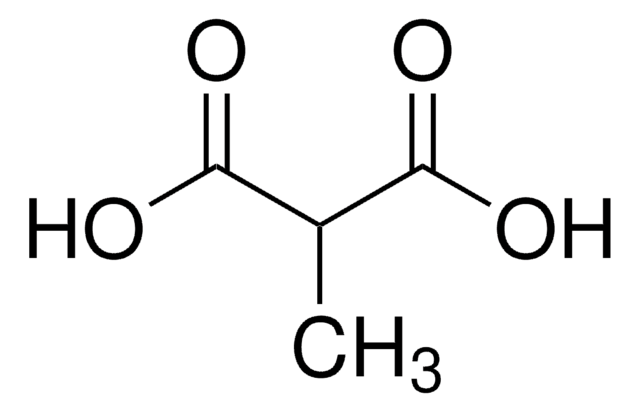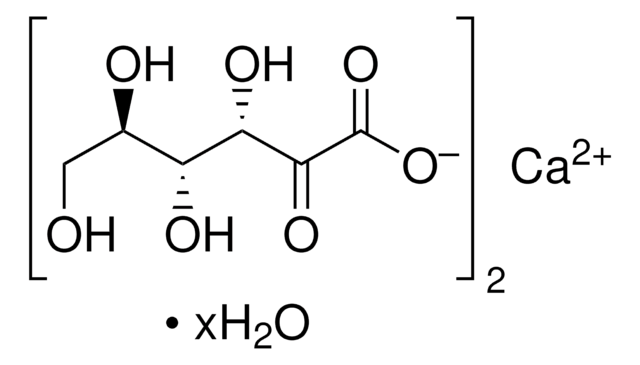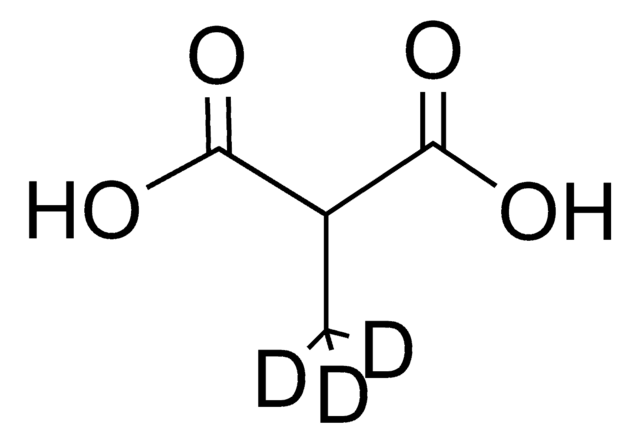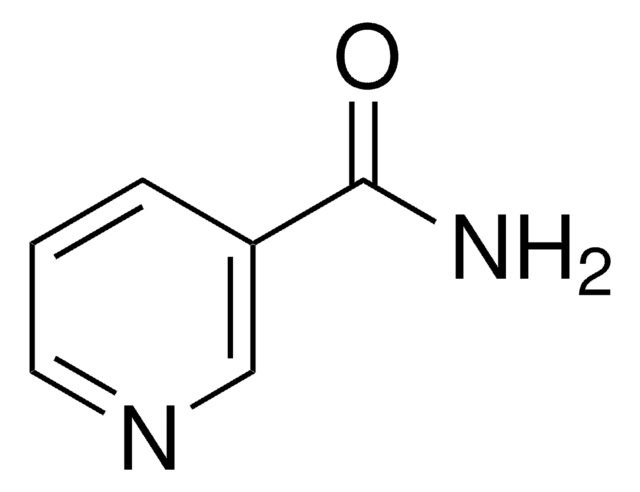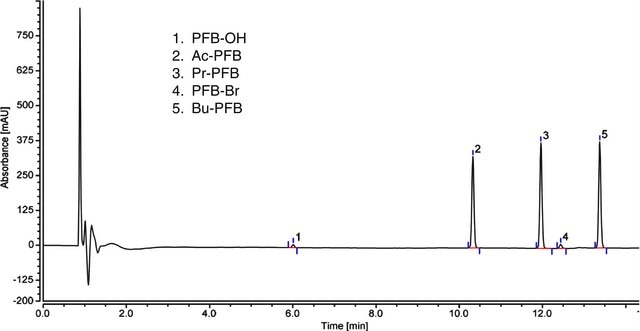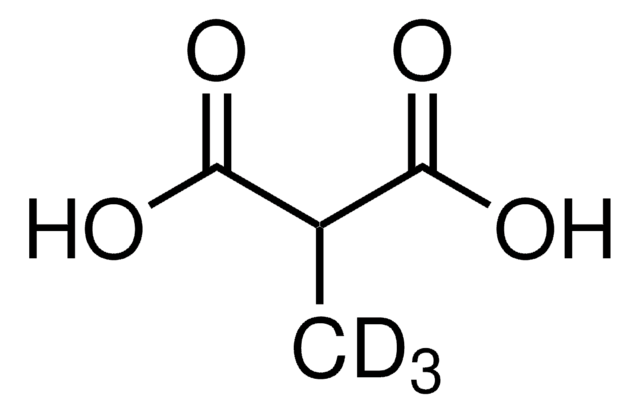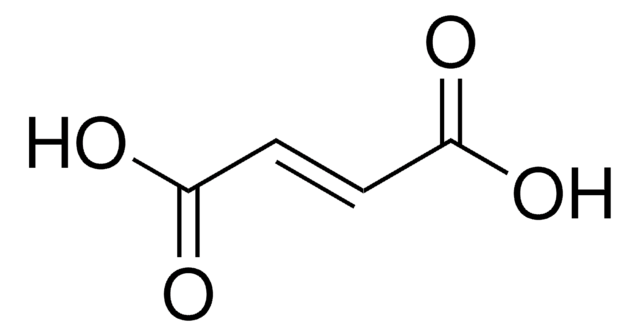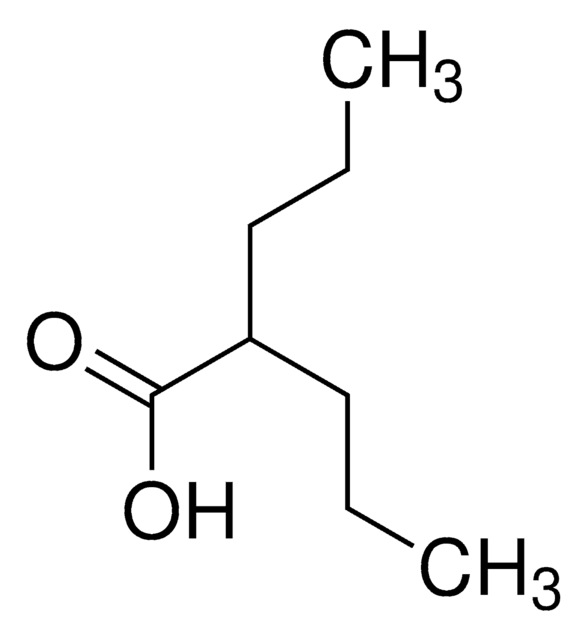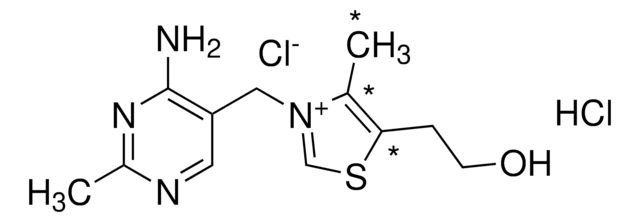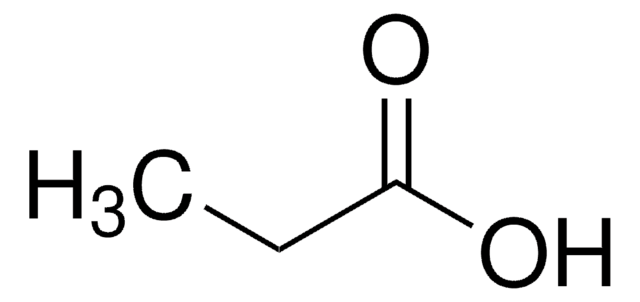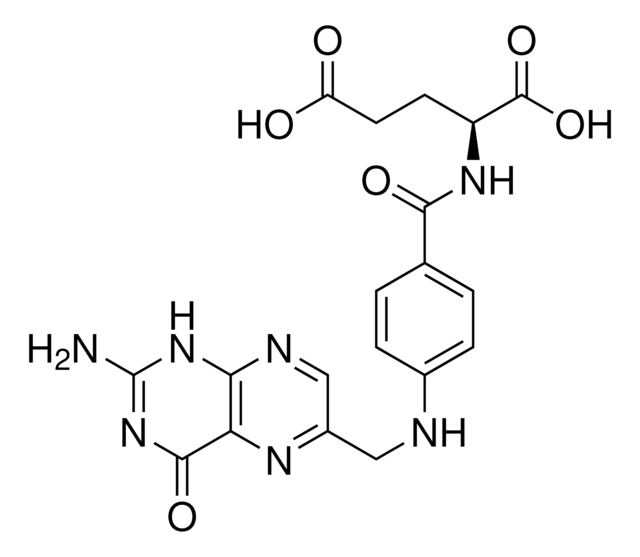M-080
Methylmalonic acid solution
1.0 mg/mL in acetonitrile, ampule of 1 mL, certified reference material, Cerilliant®
About This Item
Recommended Products
grade
certified reference material
Quality Level
form
liquid
feature
Snap-N-Spike®/Snap-N-Shoot®
packaging
ampule of 1 mL
manufacturer/tradename
Cerilliant®
concentration
1.0 mg/mL in acetonitrile
technique(s)
gas chromatography (GC): suitable
liquid chromatography (LC): suitable
application(s)
clinical testing
pharmaceutical (small molecule)
format
single component solution
storage temp.
−20°C
SMILES string
CC(C(O)=O)C(O)=O
InChI
1S/C4H6O4/c1-2(3(5)6)4(7)8/h2H,1H3,(H,5,6)(H,7,8)
InChI key
ZIYVHBGGAOATLY-UHFFFAOYSA-N
General description
Application
- Organic acid analysis for metabolic profiling: Research highlighted the integration of soil microbiota and metabolome, where methylmalonic acid was part of the metabolic profiling, revealing insights into how controlled release fertilizer impacts sugarcane growth, emphasizing the compound′s role in agricultural biotechnology (Yuan et al., 2023).
- Vitamin B12 deficiency research: Methylmalonic acid was featured in research on the cellular mechanisms affecting the MAFB/NOTCH3 axis in osteosarcoma, where its levels could potentially reflect perturbations relevant to vitamin B12 deficiency, aiding in better understanding of disease progression (Zhang et al., 2024).
- Methylmalonic acid standard for mass spectrometry analysis: The analysis of soybean root systems under varying nutrient conditions included methylmalonic acid as a standard in mass spectrometry to better understand nutrient uptake mechanisms, showcasing its utility in plant physiology and biochemistry studies (Qin et al., 2023).
Legal Information
related product
signalword
Danger
Hazard Classifications
Acute Tox. 4 Dermal - Acute Tox. 4 Inhalation - Acute Tox. 4 Oral - Eye Irrit. 2 - Flam. Liq. 2
Storage Class
3 - Flammable liquids
wgk_germany
WGK 2
flash_point_f
35.6 °F - closed cup
flash_point_c
2 °C - closed cup
Certificates of Analysis (COA)
Search for Certificates of Analysis (COA) by entering the products Lot/Batch Number. Lot and Batch Numbers can be found on a product’s label following the words ‘Lot’ or ‘Batch’.
Already Own This Product?
Find documentation for the products that you have recently purchased in the Document Library.
Customers Also Viewed
Our team of scientists has experience in all areas of research including Life Science, Material Science, Chemical Synthesis, Chromatography, Analytical and many others.
Contact Technical Service